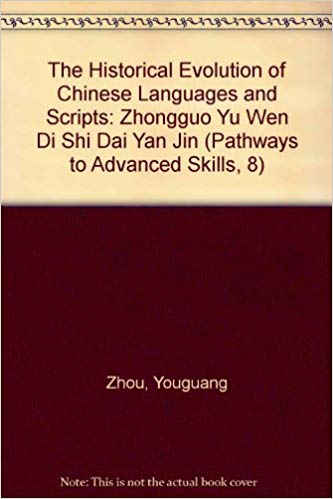Chinese Character Styles 汉字字体风格
Here's the basic history of character forms.
甲骨文 Oracle Bone Script
1600 to 1046 BC
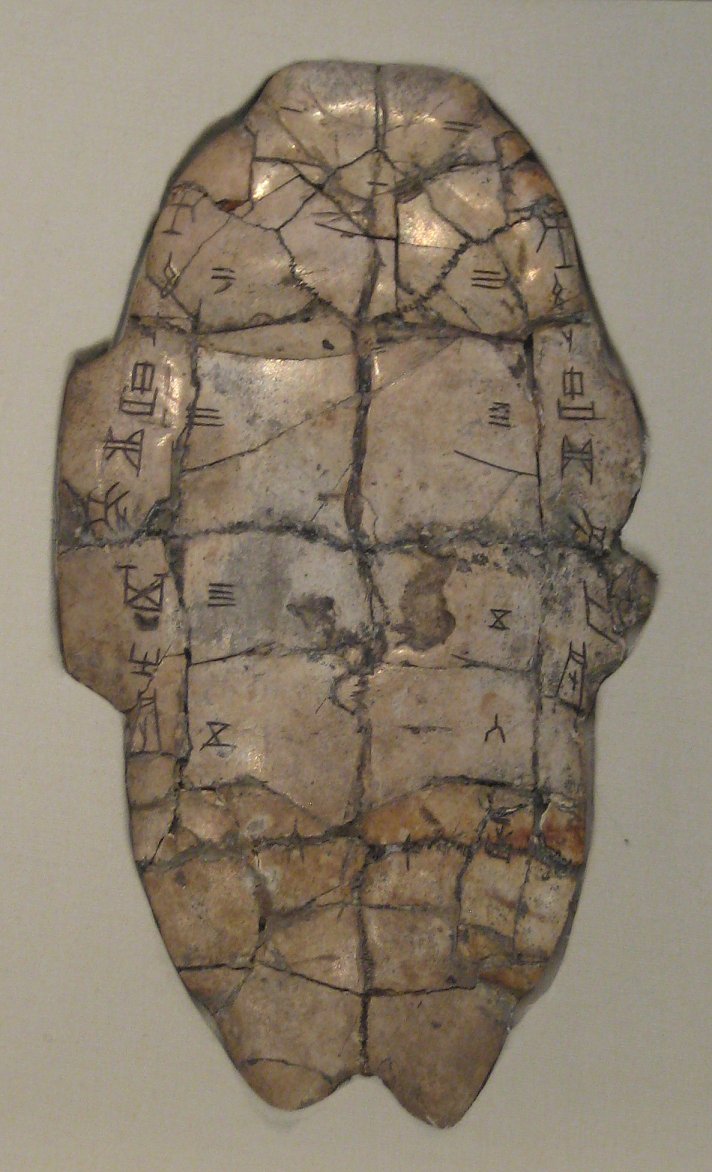
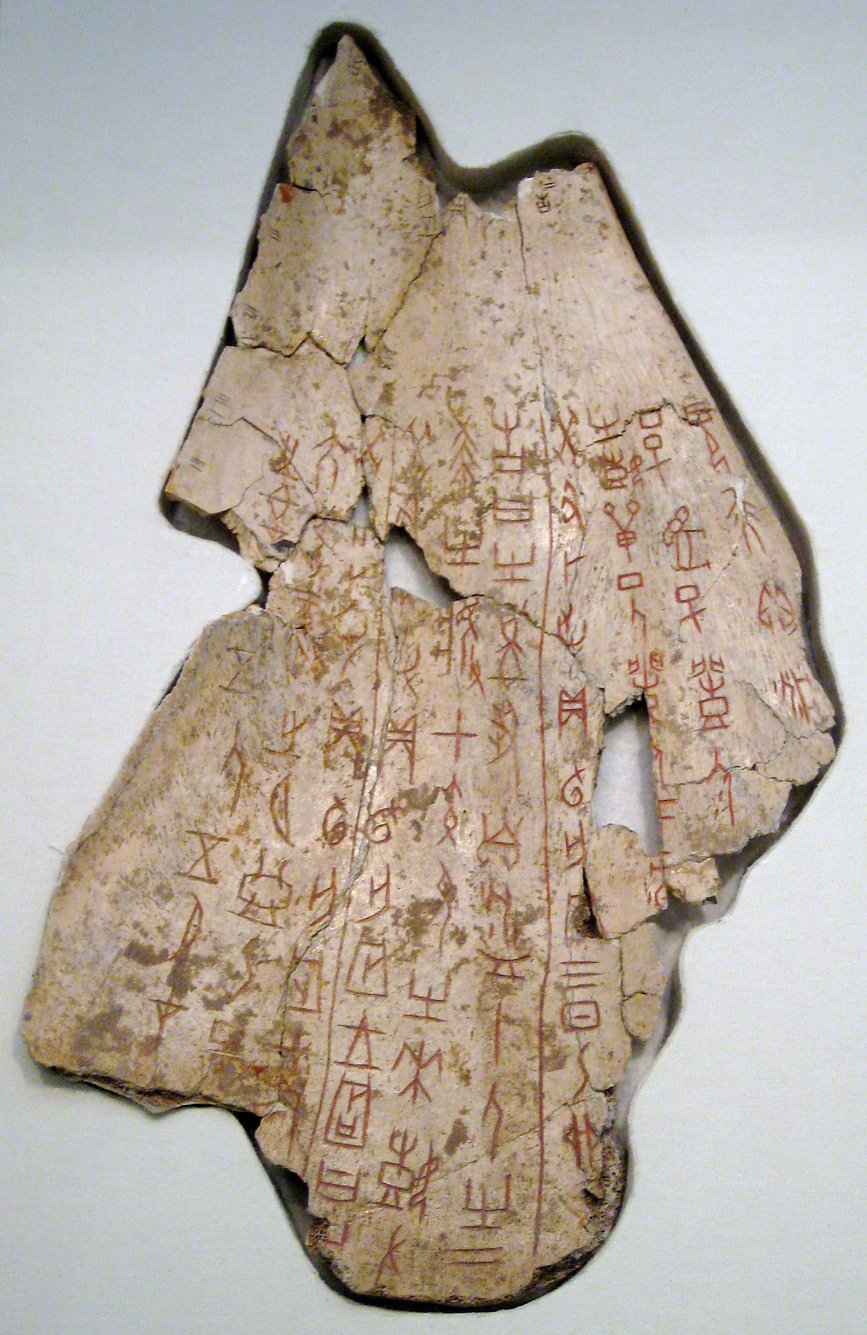
金文 Chinese Bronze Inscriptions
Roughly 1600 BC to 771 BC.
These are inscriptions on bronze bells or ritual cauldrons.
the most famous is Mao kung Ting, from ~782 BC.
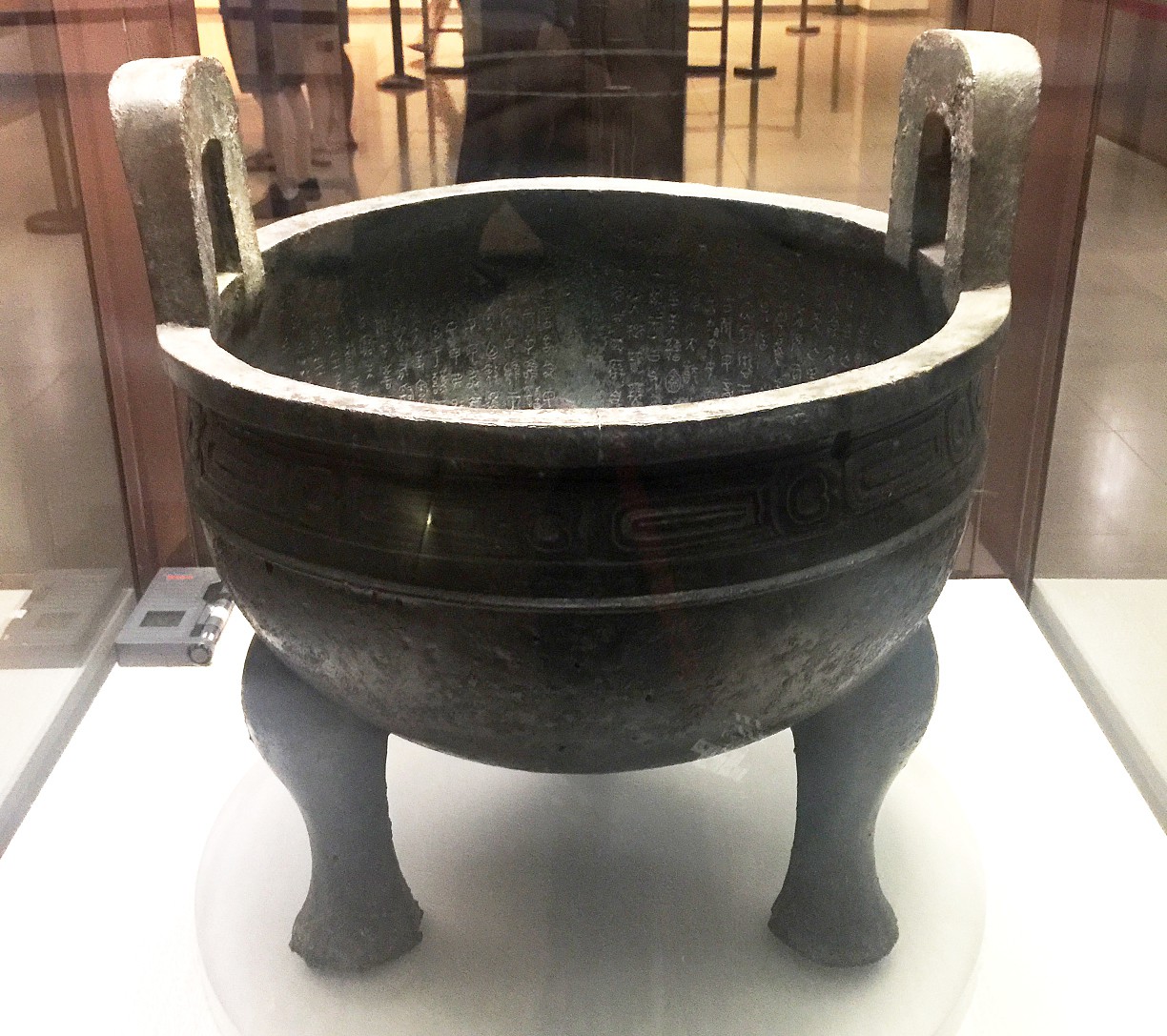
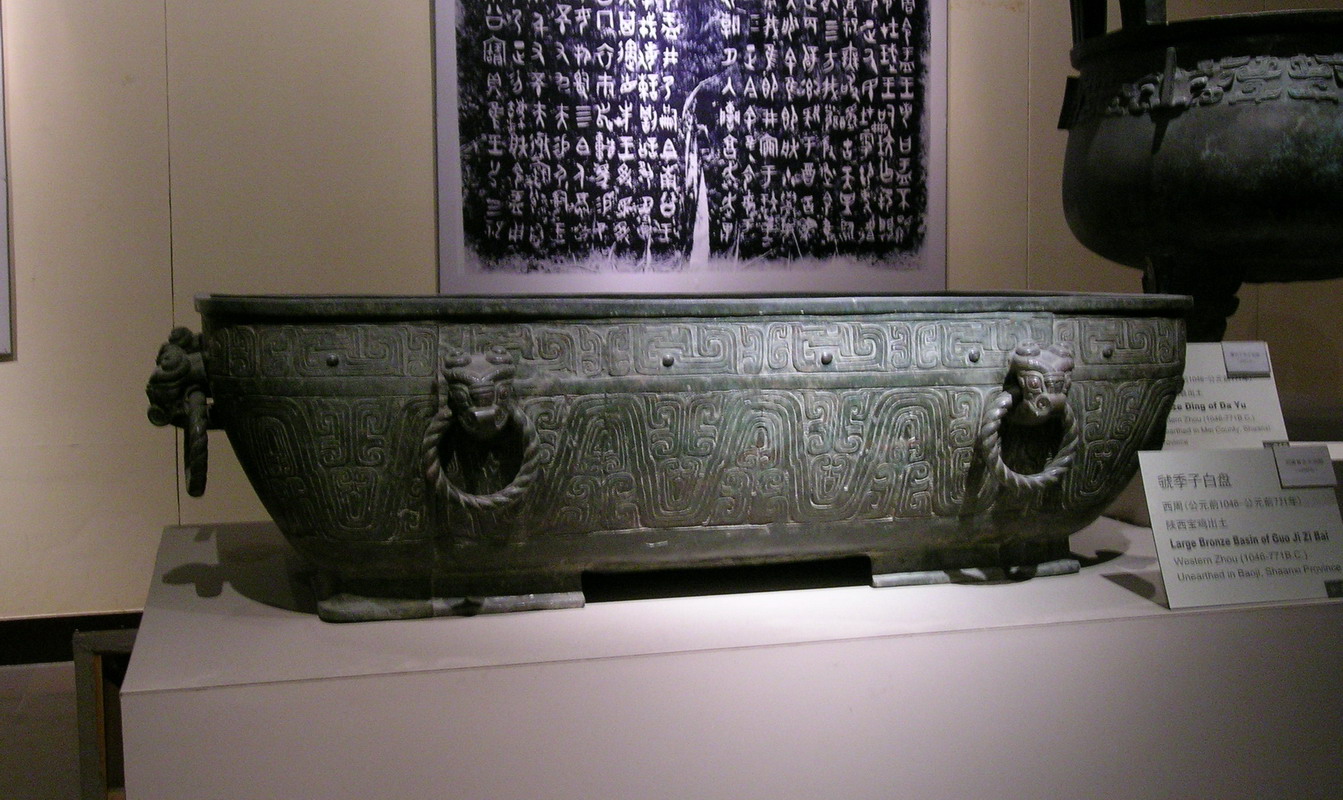
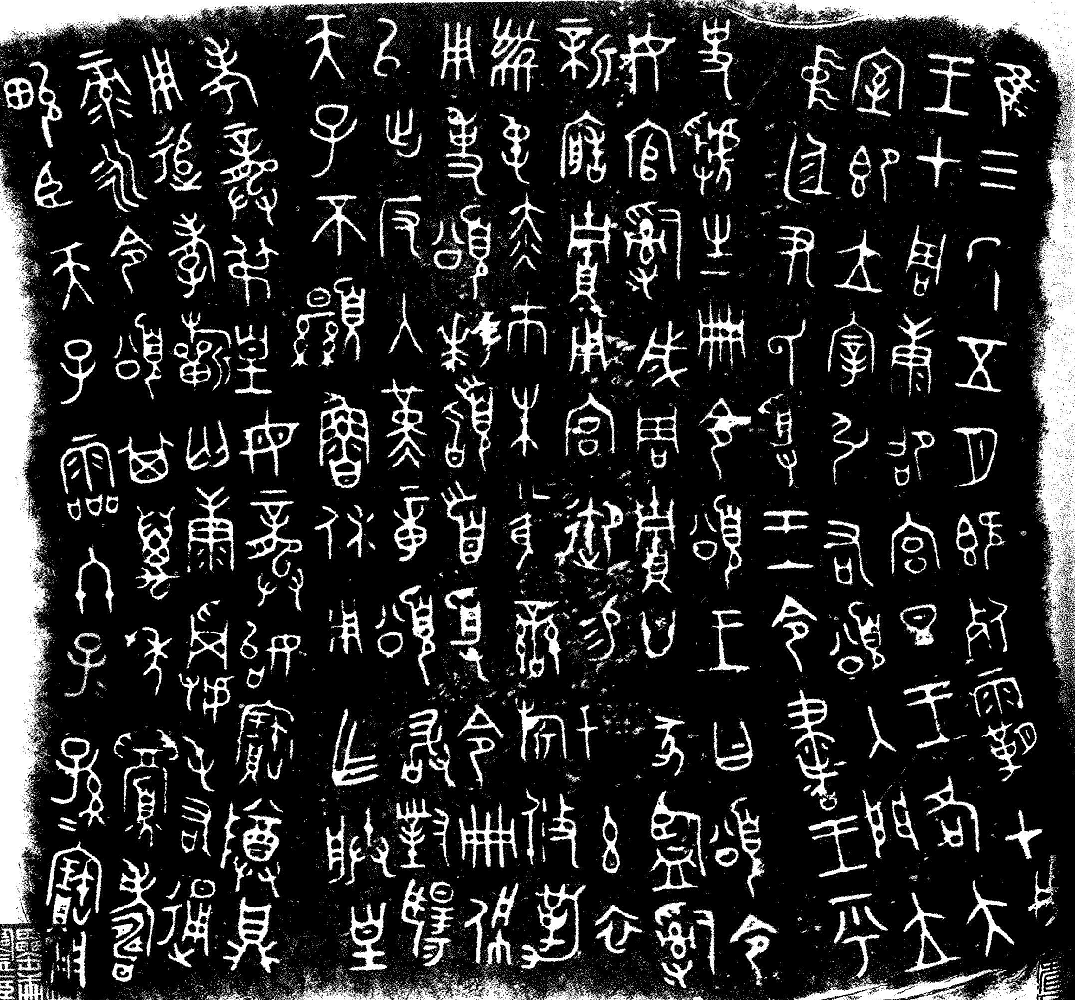
金文,亦称銘文或钟鼎文,乃铸或刻于青铜器上的文字。初始于商朝中期,盛于西周,記錄的内容与当时社会,尤其是王公贵族的活动息息相关,多为祀典、赐命、征伐、圍獵及契约之事。大部分人以周宣王在位时期铸造的毛公鼎[1]金文(又稱西周金文)为金文代表,毛公鼎铭文共32行,500字[2]。
西周以降,金文被普遍地使用,而用途則無甚改變。据统计,其文约有3,005字,可辨識者,計有1,804字,比甲骨文略多。由於商周盛行青铜器,而青铜礼器以「鼎」为代表,乐器以「鐘」为代表,因其刻於金器、大鐘上故稱之金文,亦因而得“钟鼎文”之名。
篆書 Seal script
篆 zhuàn
Big Seal script, start about 782 BC
Small Seal script, start about 221 BC, from Qing dynasty.
seal script is characterized by uniform thickness and often round corners.
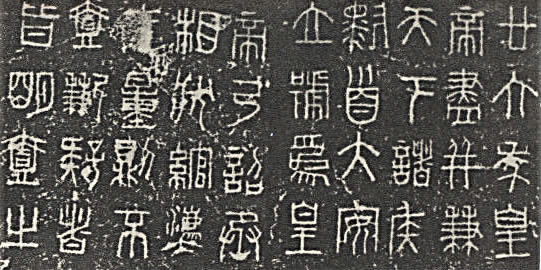
Small seal script epigraph on the standard weight prototype of Qin Dynasty. Made from iron, this prototype was unearthed in 1973 at Wendeng City (文登市), Weihai, Shandong Province.
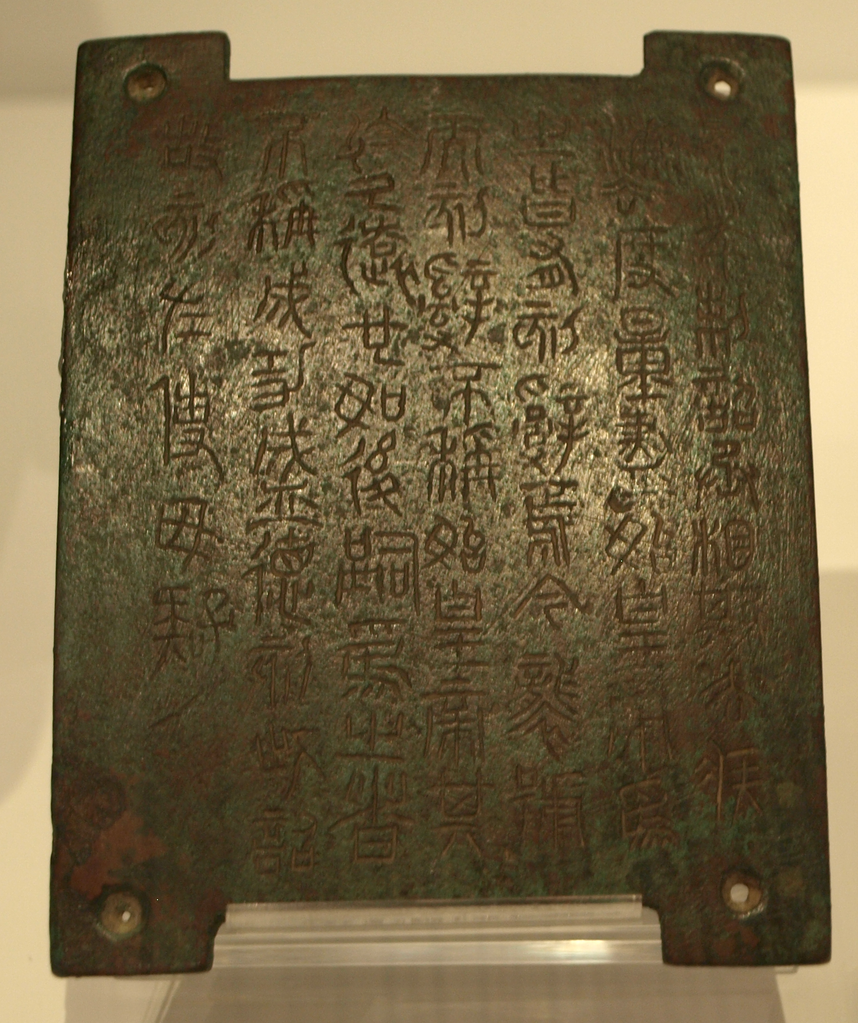
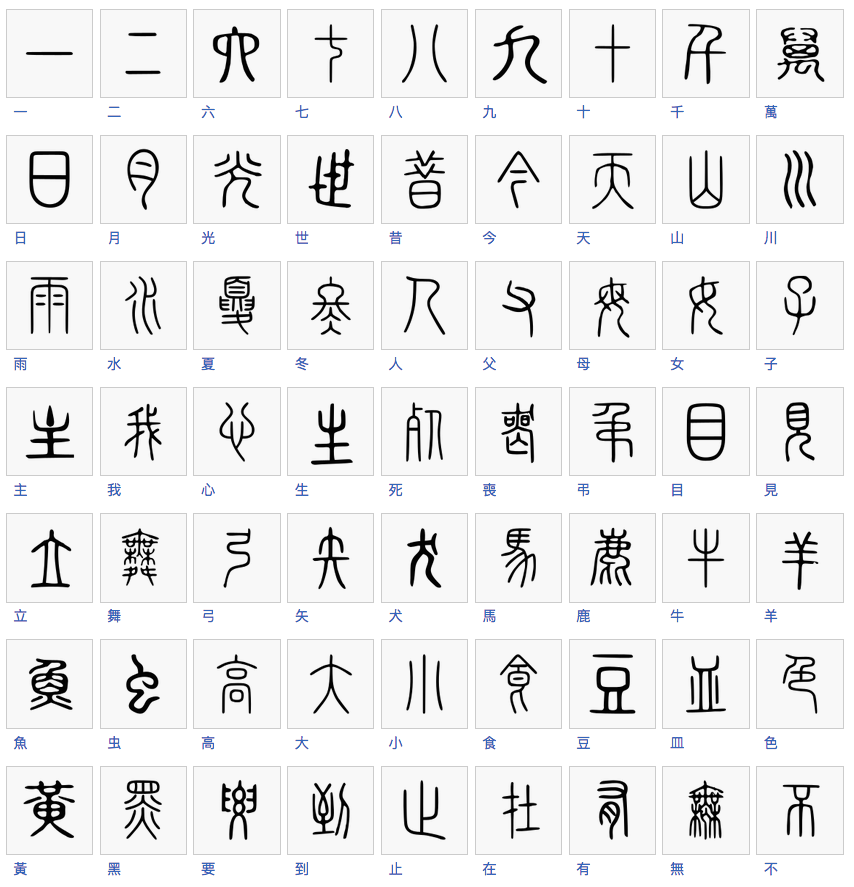
篆书,又称篆文、篆体,是古老的漢字書體,廣義指隸書以前的書體,狹義則特指大篆和小篆。
大篆. 普遍認爲大篆在周宣王期間以系統化,並以垂直規則出現的瘦長字體描繪,成為籀文。
小篆又称秦篆,是秦始皇统一六国后(公元前221年),向全国颁布的官方文字,当时的丞相李斯奏请始皇帝统一全国的文字,始皇帝命他主持文字的统一工作,一方面废除六国的古文以及区域用字,一方面以秦国通用的籀文(传为周宣王太史籀所造,属于大篆的一种)为基础加以简化,使之成为秦朝的官方文字,并且汉唐沿用了几百年,至唐朝时期,民间普遍盛行隶书。至此,小篆不再具有法定地位。
隸書 Clerical script
Clerical script began around 200 BC. It pretty much has the same character form as today's.
Since the seal style is more difficult to write the clerks usually simplified for quicker use and made the clerk script more popular during 200 BC.
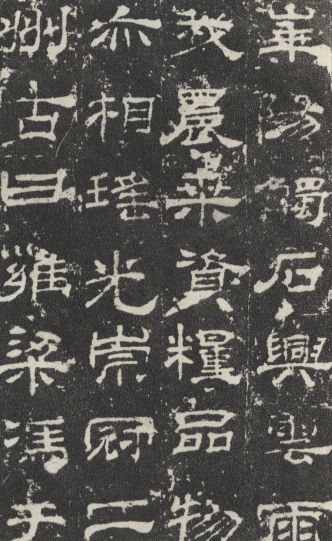
隸(lì)書
隶书為秦書八體之一[1],是汉字中常见的一种庄重的字体风格,书写效果略微宽扁,横画长而直画短,呈長方形狀,讲究「蚕头雁尾」、「一波三折」。隶书起源于秦朝,相传由程邈整理而成,在东汉时期达到顶峰,书法界有「汉隶唐楷」之称。
隶变,是汉字由小篆演变为隶书的过程,大约发生在秦汉之间,是汉字发展的转折点,对后世的汉字有很大的影响。中國文字在小篆以前仍然遵從「六書」造字原則,漢隸則不再遵守「六書」原則,自行變化造形[2]。现代的楷书和行书写法绝大部份和隶变之后相差不远。
楷書 Regular script
楷(kǎi)
Regular script is the form used today. It also began life around the same time as Seal Script and Clerical Script, around 200 BC.
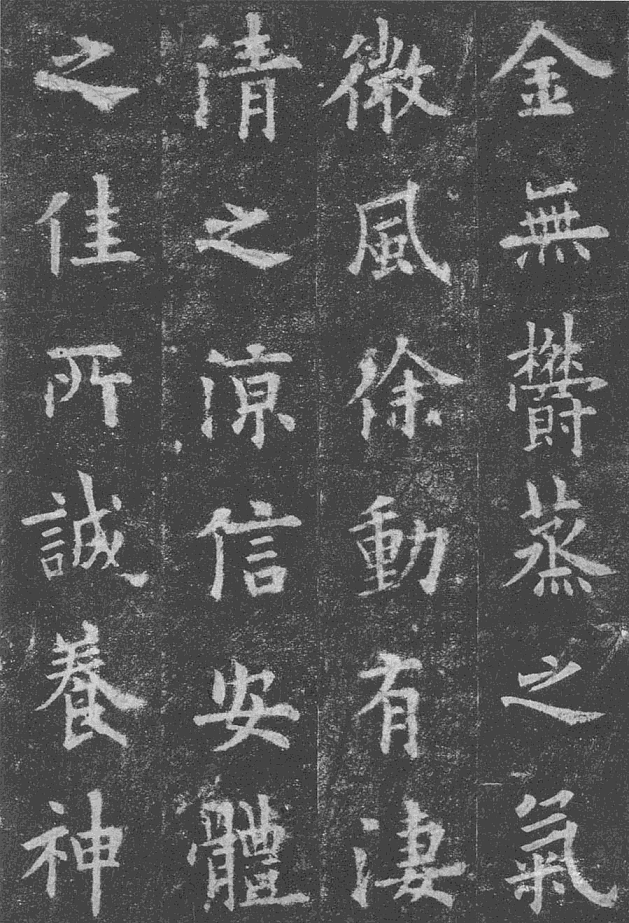
楷书,亦称今隸[1][註 1]、真書、正楷、楷體或正書,是汉字书法中常见的一种手写字体风格。相傳由漢章帝時王次仲以漢隸作楷法,是隸書的變體,其字形較為平直正方,去除隸書筆劃尾部的挑法及蠶頭燕尾的筆法,不写成扁形,結構不合「六書」原則[2]。在現代,楷書仍是漢字手寫體的參考標準。
行書 Semi-cursive script
Semi-cursive, is basically just normal hand writing in legible form.

王羲之, 蘭亭序 (year 353) 模寫本 八柱第3本、巻頭部分 高24.5cm
year ~627 copy of original “Preface to the Poems Composed at the Orchid Pavilion” (year 353) by Wang Xizhi, handscroll, ink on paper, Height 24.5cm, Palace Museum, Beijing, China. 〔image source 2019-02-06
草書 Cursive script
The Cursive form is just fast informal hand writing.
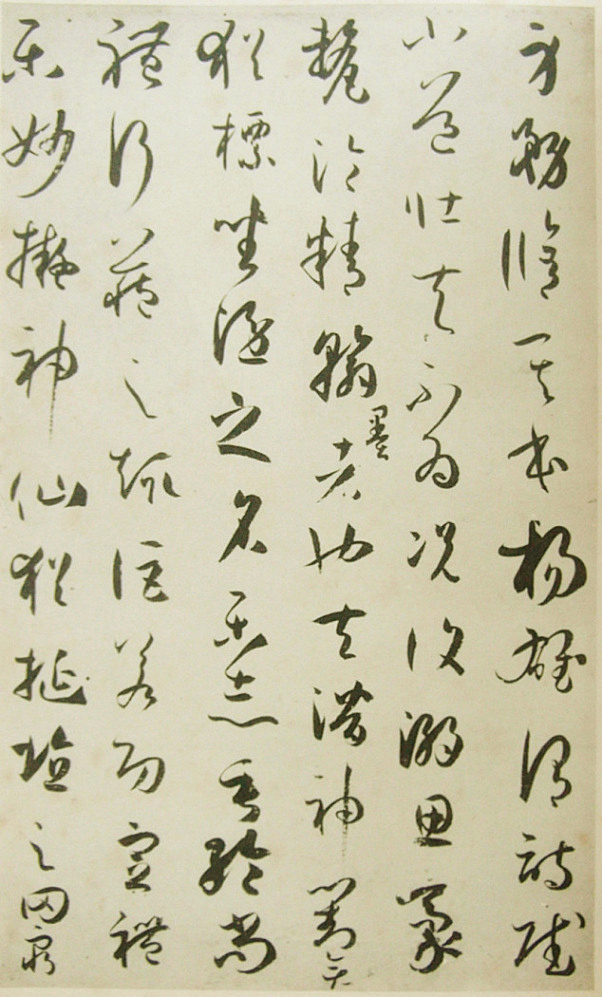
By 孙过庭 (Sun Qianli) (year 646 to 691) image source
繁軆字 Traditional Chinese characters
Traditional form is Chinese used basically in the past 2 thousand years.
簡軆字 Simplified Chinese characters
The simplified form officially began in 1956, as a movement to increase literacy by simplying characters.
See also:
Google Doodle is showing the pinyin inventor Zhou Youguang (周有光), died today. 111 years old.
Zhou Youguang (Chinese: 周有光; pinyin: Zhōu Yǒuguāng; 13 January 1906 to 14 January 2017) was a Chinese economist, banker, linguist, sinologist, publisher, and supercentenarian, known as the “father of Pinyin”, a system for the writing of Mandarin Chinese in Roman script, or romanization, which was officially adopted by the government of the People's Republic of China in 1958, the International Organization for Standardization (ISO) in 1982, and the United Nations in 1986.
2019-07-22 Wikipedia
